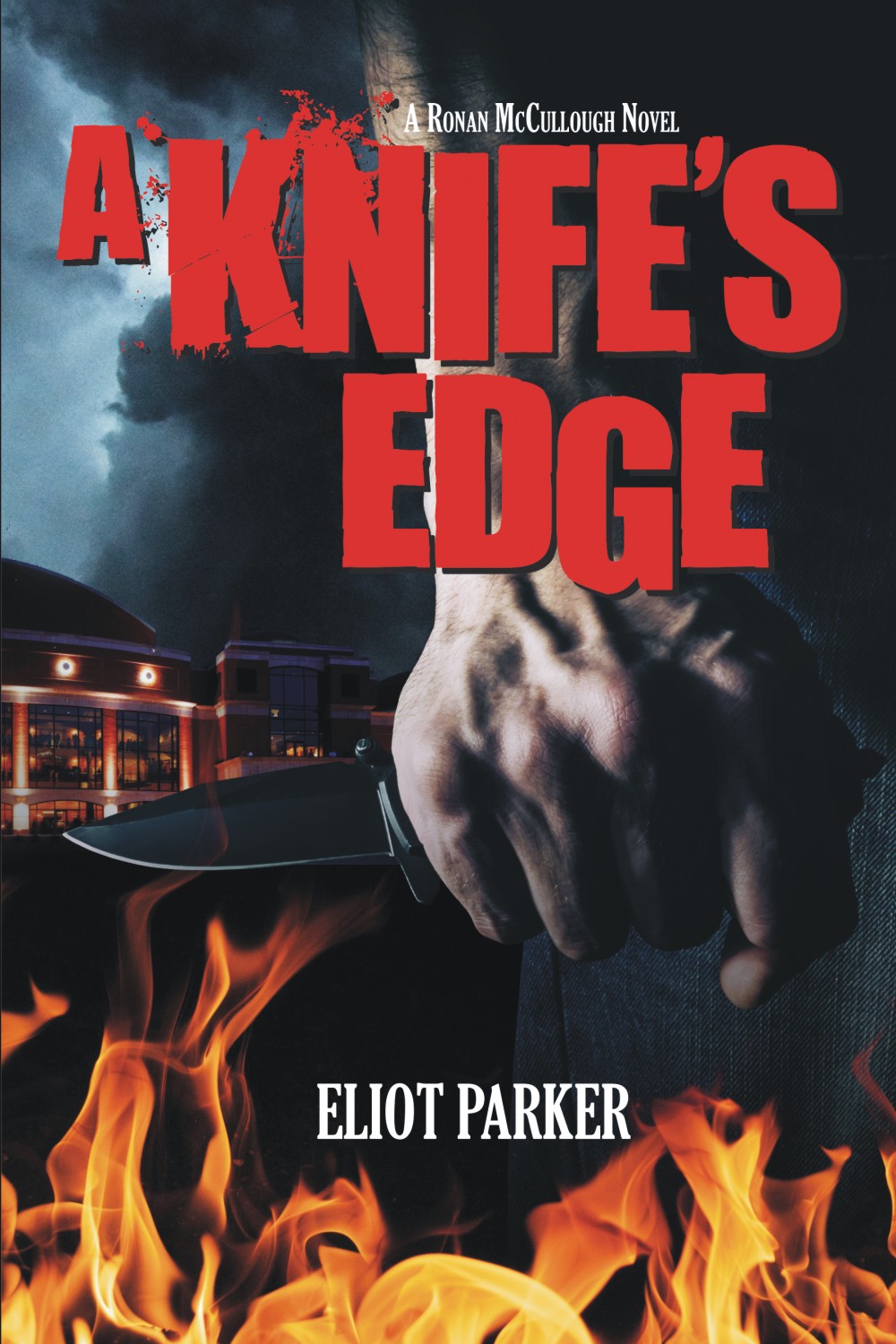Posted on Dec 05, 2018 by
Nick***SPOILERS AHEAD***
“It Takes You Away,” like many of the episodes this season, can best be described as okay, with a few standout moments, but not great. It’s more middling than anything else. The problem is that the episode is actually two different stories, and both are somewhat disappointing because the other is attached to it and by necessity truncating it.
The first story is about a blind girl named Hanne who is alone in a cabin with a missing and presumed dead father, as well as something terrible in the woods outside that comes every day at the same time. It’s a great setup, and in fact it reminded me a lot of the equally great setup to M. Night Shyamalan’s The Village. Unfortunately, it makes exactly the same wrong turn that The Village does with the twist that there is no monster in the forest, it’s just a recording her father left to keep her in the house. (Not to mention keeping her terrified and helpless. This guy’s not winning any Father of the Year Awards. I really wish either the Doctor or Ryan, who was abandoned by his own father, had truly taken him to task for his actions, but like in the episode “Kerblam!”, where the Doctor didn’t seem all that upset that the system had murdered an innocent person just to make a point to the villain, the writers keep forgetting to have the characters react to anything outside the main conflict.)
The second story also has a great setup: a mirror universe created by an ancient entity who was exiled from our universe and wants to come back. Most of the good things in the episode happen in this story, in particular the scenes with Graham and his seemingly resurrected wife Grace. Those scenes add a much needed emotional depth to the story — an emotional depth that, frankly, has been missing for most of the season. But there’s barely time to explore this fascinating concept of a mirror universe created by what is essentially a godlike being, because there’s all the stuff from the first story to deal with too, and also an absolutely dreadful interlude in the Anti-zone between universes with an alien named Ribbons and some dead rats and creatures called flesh moths, and really the less said about that the better. Also, the Solitract takes the form of a frog for some reason when it tries to keep the Doctor in the mirror universe, instead of taking the form of someone the Doctor loves, as it did for Hanne’s father and Graham. Probably, they couldn’t bring Alex Kingston or a previous companion back for the scene, but still, as cute as the frog was, the choice didn’t make much sense or have any emotional weight.
Everything having to do with Graham and Grace, and that scene at the end when Ryan finally calls Graham “granddad,” is wonderful. (Also, the fact that Graham carries sandwiches with him after realizing they don’t often stop for meals on their adventures. Basically, everything Graham is making me happy!) The rest of “It Takes You Away” is such a muddled mishmash that even when it’s dealing with what should be intriguing concepts, it just doesn’t have the power to grab you. Also, Ryan’s dyspraxia is gone again, as he runs through the Anti-zone and away from the flesh moths without any coordination issues at all.
As a side note, I think I’ve figured out what Chris Chibnall is trying to do with this season, and why it’s not necessarily working for me. I think Chibnall is trying to bring Doctor Who back to being a child-friendly family show with a classic-era structure of each episode being its own adventure without a season-long arc, making it easier for new and young viewers to jump in at any time. However, because I’m still used to the preceding years’ more adult tone and almost airlessly self-referential, continuity-heavy arcs, it feels lightweight to me, rightly or wrongly. I will admit that aside from a great cast, some nice character work, an almost cinematic look, and what I thought was a strong start, I’ve found this season mostly underwhelming. With only one episode to go (as well as an eventual New Year’s Day special), I don’t see things having much time to turn around.
And now for some Doctor Who neepery! When Ryan and Graham discover they can’t see their reflections in the mirror, Ryan makes a joke about how they would presumably know if they were vampires. The Doctor has actually met vampires before on several occasions. In the 1980 serial “State of Decay,” the Fourth Doctor encounters three astronauts from Earth who were turned into vampires by the Great Vampire centuries ago. In the 1989 serial “The Curse of Fenric,” the Seventh Doctor encounters the Haemovores, mutated humans from the far future who drink blood and are repelled by symbols of strong belief. There were also the Plasmavores in the 2007 Tenth Doctor episode “Smith and Jones,” and of course in the 2010 Eleventh Doctor episode “The Vampires of Venice,” the victims of the Saturnyne take on vampiric attributes. At one point in “It Takes You Away,” Yaz recommends the Doctor reverse the polarity of her sonic screwdriver to try to open the portal back to their world, and the Doctor replies, “You speak my language!” This is a reference to a long-running joke on Doctor Who about “reversing the polarity of the neutron flow,” a phrase that goes all the way back to the Third Doctor.
Next episode is the season finale. Here’s hoping things pick up a bit!



